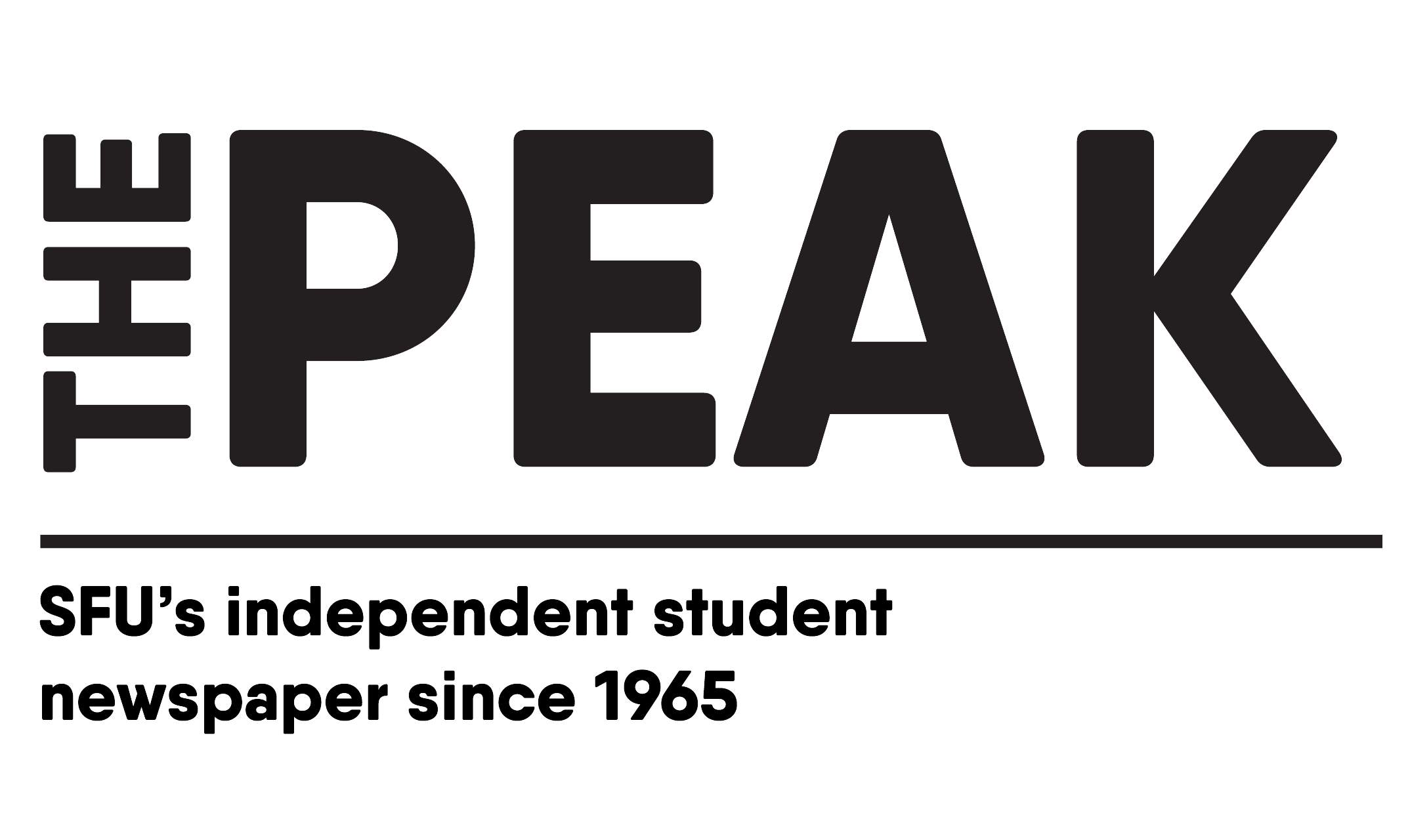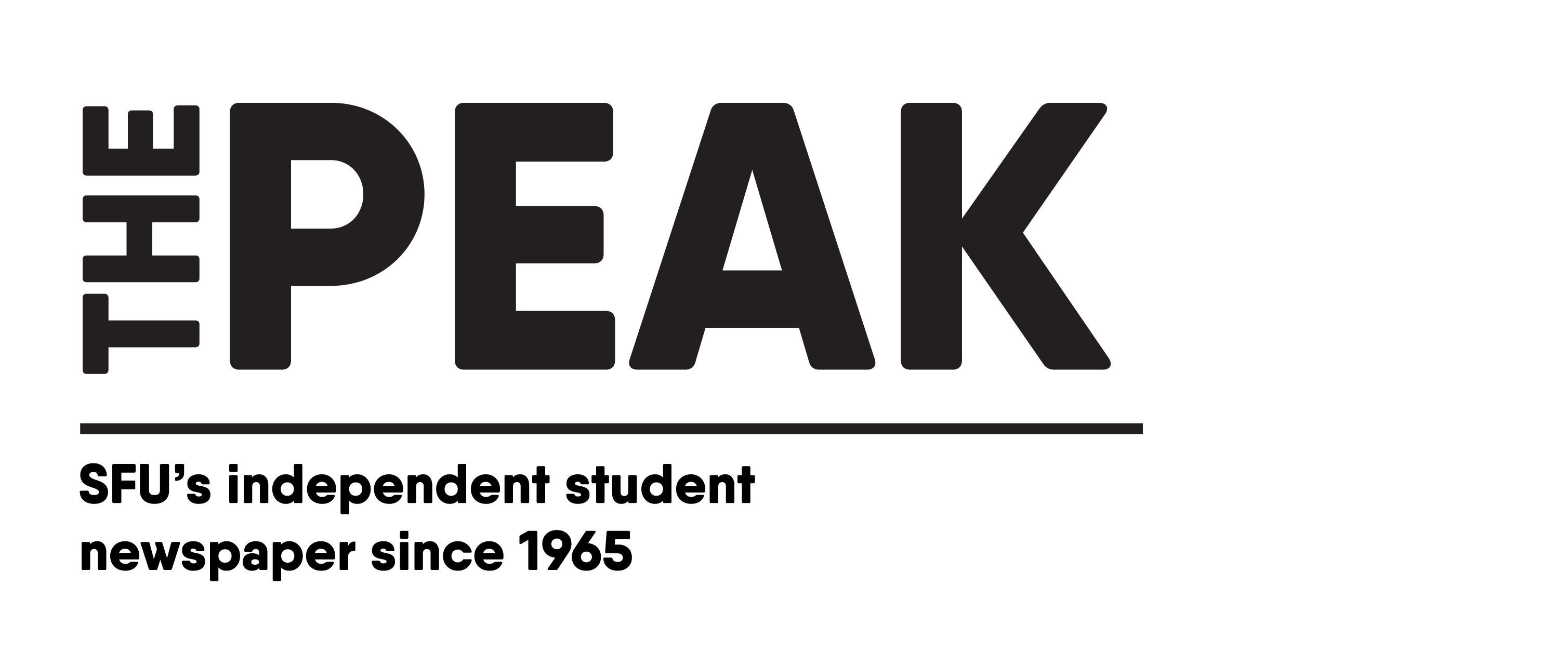By: Tam Nguyen, staff writer
Content warning: mentions of racial discrimination, cultural genocide, and colonization.
One of the best documentaries I saw this year was So Surreal: Behind the Masks, which played during the 2024 Vancouver International Film Festival. Created by Cree Canadian filmmaker Neil Diamond and director and actor Joanne Robertson, it follows the modern-day journey of the people of the Kwakwa̱ka̱ʼwakw Nation trying to retrieve masks that were stolen from them in the ‘20s. It also explains how these masks helped ignite the artistic movement known as surrealism.
The documentary starts with the Potlatch — a traditional dance ceremony of the Kwakwa̱ka̱ʼwakw Nation to “celebrate life” and important events such as “birth, marriage, name giving, standing up a new Chief, and death.” Potlatches are practiced as “the essence of Kwakwa̱ka̱ʼwakw culture.” The practice was criminalized with the amendment of the Indian Act, which banned Potlatches starting April 19, 1884. This lasted until 1951, with anyone engaged in the Potlatch being imprisoned for two to three months.
In 1921, during a big Potlatch at Mimkwa̱mlis (Village Island), 45 people were arrested by two so-called “Indian agents” (individuals who “implemented government policy” within reserves, including overseeing the adherence to the Indian Act). The tribe’s Chief signed an agreement to give up their Potlatch masks and ceremonial objects in exchange for the suspension of 22 people. This event marked a turning point for the masks, as they started being sold to private collectors and art dealers.
The documentary goes on to follow one noticeable art collector, Georges Duthuit, who bought the collection and brought it to Paris, France. During this time, an art movement called surrealism began emerging, with pioneers such as Leonora Carrington, Max Ernst, and Roberto Matta to name a few. The movement quickly spread through Europe, with the main focus being the unconscious, dream-like, and non-conforming nature that allows artists to express themselves freely in painting, literature, and film.
Moving from Europe to New York City, the documentary travels to where the mask collection would reside for the coming years. Some of the masks were sold at a boutique on 3rd Avenue on the East Side of Manhattan. Surrealist artists who fled Paris to New York at the same time due to World War II were mesmerized by the spirituality and silhouette curves of the masks. Artist Breton even proclaimed that “the masks were more surreal than the surrealists.” As a result, these artists began incorporating these patterns into their paintings.
Lots of the masks finally ended up in the collection of Indigenous artifact collector George Heye, founder of the National Museum of the American Indian. During this time, pairs of masks that were supposed to stay together were separated due to the ignorance of the collectors. These collectors thought they “accidentally” had two duplicates, so they exhibited one of them and stored the other or sold it for a cheap price to antique stores.
The quest for the collection to be brought back to their rightful owners has been going on since the ‘60s after the Indian Act was revised in 1951. In the documentary, the people of the Kwakwa̱ka̱ʼwakw Nation are shown working with allies like art dealer Donald Ellis to negotiate with private owners who have the masks. They have also contacted museums and exhibits to retrieve the masks. However, the raven transformation mask is still in the possession of the Duthuit family in Paris.
This documentary explores Kwakwa̱ka̱ʼwakw history, Potlatches, and their stolen masks with thorough research, beautiful cinematography, and the occasional hand-drawn map. It also shows us the detrimental effects of colonialism and imperialism on Indigenous peoples, and the absurdity of fighting so hard for what is rightfully theirs.




